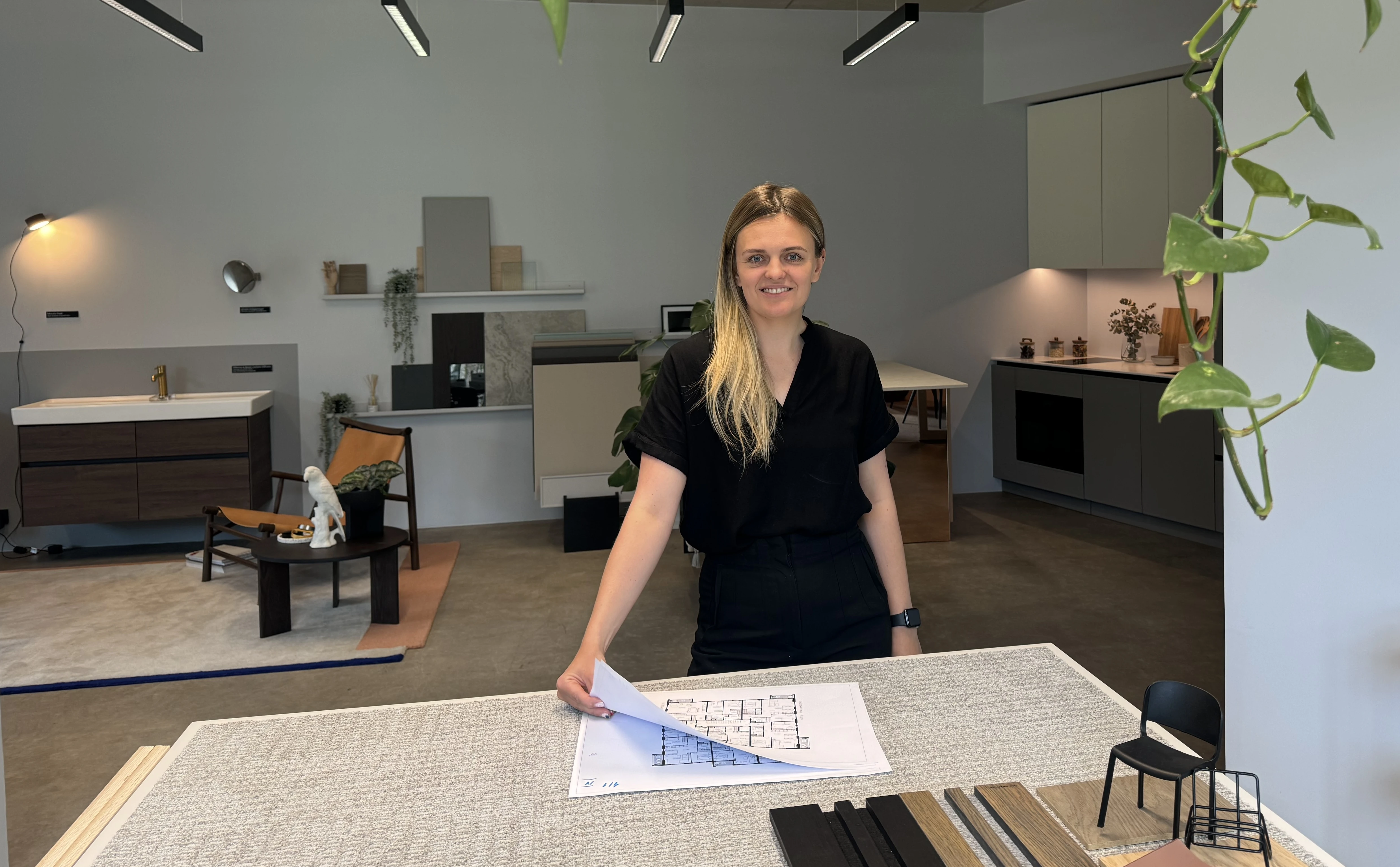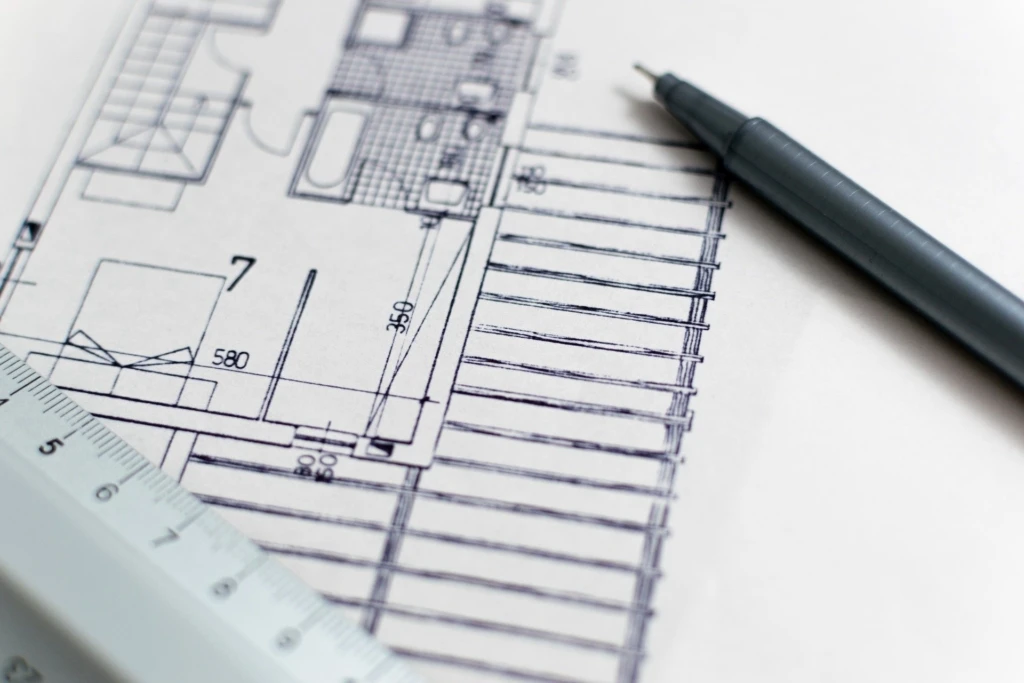Expert Advice: Families with Children Should Follow These Tips When Choosing a New Home Location

When searching for a new home, people often focus on a preferred neighborhood or area, but relying solely on this shouldn't be the only factor in making one of life's biggest decisions. Liveni creative director Alina Kester explains what you should really consider when choosing a home's location.
"Choosing a new home's location can be the most complex decision in creating a home. Certainly, everyone has some idea of a preferred area and how far away the new home could be from work or school or daycare, but people often don't think beyond these questions. Nevertheless, when it comes to finding the right location, there are many details at stake that are worth knowing about to avoid unpleasant surprises later," said Liveni creative director and board member Alina Kester.
According to Alina Kester, when choosing a home's location, one should do as thorough preliminary work as possible to be satisfied with the decision later and to find a home that meets the needs of all its residents, not just today but also in the years to come.
For families with preschool-aged children, it may initially be important to find a home near a daycare, but this need may disappear in just a few years. Similarly, when searching for a new home, you shouldn't aim for a large, spacious apartment if your children plan to move out within the next few years.
"I recommend first making a list of what your family's lifestyle is like and what each family member needs. For example, do you engage in a specific sport or hobby, do you love going to cafes or cinemas, do you invite friends over, or do you like spending time in nature? The new home's location should support your lifestyle, not make it more complicated. At the same time, it's important to think about the future. For example, if a home daycare is important for your family now, in just a few years your child will start school and daycare will lose its importance," said Alina Kester.
According to Alina Kester, space planning is also very important when taking into account the daily rhythms of growing children. With growing children, it's useful to find a home with two bathrooms if possible – even if your children don't use many bathrooms now, over time their bathing habits may change. To maintain a morning routine and promote freedom of activity at other times, many families are recommended to have multiple bathrooms or at least a separate toilet and bathroom solution. Such an addition also makes the apartment more valuable on the resale market.
"Among families with multiple children, there is a strong preference for apartments with several smaller rooms – the existence of personal living spaces is important for a growing child – whereas families whose children have already moved out prefer homes like those with a large living room that allows them to organize dinners for 8-10 people to host their children and their families. In such cases, we often recommend drawing the dining table directly on the apartment plan, especially in situations where the table is coming from the previous home," said Alina Kester.
Test how much time you spend in traffic
"It's very important to think through transportation, whether to work, practice, hobby school, or to visit friends and relatives. In this regard, when choosing a new home, the most useful thing is to test different modes of transport firsthand. Try out how long it takes to get from the location of interest to work or practice by car, public transport, bicycle, or on foot, and definitely at different times of day. Many families with children have to choose between a nature-rich living environment and a convenient route to school or hobby activities. When making this decision, you need to find the option that best suits your family's needs and habits," suggested Alina Kester.
Based on Alina Kester's experience, the most convenient option is when schools and workplaces are a reasonable walk or bike ride from the new home, which gives both parents and children more freedom of movement and also saves time and the environment. According to Kester, the ideal distance is one that perhaps can't be covered in a few minutes, but still encourages preferring to walk and thus supports health – if a child spends 15-30 minutes each day walking or cycling, that adds up to two to five hours spent actively outdoors per week. It's also worth keeping an eye on what developments and transportation connections are planned for the preferred area in the future.
"It's worth gathering as much information as possible. In addition to general and publicly available information, it's always a good idea to ask someone local what they value in their neighborhood and what they're not happy with. This way, hidden gems can come to light or, conversely, drawbacks that would decisively affect your choice of home location but that you wouldn't otherwise think of," added Alina Kester.
With developments, monitor the environment, sun, and greenery
When it comes to new developments, Alina Kester emphasizes that you should familiarize yourself not only with the building and apartment, but with the development as a whole. For example, it's worth studying both the site plan and the landscape architecture solution, as well as what value the development brings to the area and what opportunities will exist for spending time outdoors and leisure time.
"One thing homebuyers often don't know how to account for is the movement of the sun in relation to the apartment – especially since in our climate the sun is different in summer and winter," noted Alina Kester. "Also, with new developments, it's important to research what businesses are planned for the building and whether they suit the family's lifestyle."
Additionally, Alina Kester recommends paying attention to the elevation marks shown on the site plans for developments, which tell how level or uneven the ground surface around the home will be. This can offer rich activity opportunities, but can also be an obstacle for family members with mobility difficulties.
"Uneven terrain is often more playful and its solutions more interesting. In addition, the plan also shows trees and bushes, both new and those being preserved. With new trees, the home buyer should definitely consider how tall they will be in the future – a tree may eventually provide shade, which adds privacy and relieves the heat of the sun, but it may also block the view. Additionally, the site plan contains information about rainwater collection or infiltration, which gives an idea of the development's environmentally friendly solutions," said Alina Kester.
Rate the pros and cons on a five-point scale
Alina Kester recommends assessing the location of a new home by asking yourself what from the following list is particularly important for your family and what is less important. By giving ratings on a scale of, for example, one to five, it will later be easy to compare whether and to what extent the development of interest meets your needs and what the pros and cons of a particular location are. This way, it's also easier to explore different offerings and choose between them.
· Proximity to schools and daycare – can you get there by public transport, on foot, or by car? Can the child travel independently or only with parents?
· Proximity to a grocery store – can daily shopping trips be done on foot, by public transport, or by car? How much time would this take?
· Distance to a bus stop or other public transport – how quickly and conveniently can you get from home to important places?
· Opportunities for children's independence – do children have the opportunity to travel independently by public transport?
· Distance from work – how much time does it take to commute to and from work and how does this fit with the daily logistics of other family members?
· Hobbies and sports – if you move to a new home, would you be able to dedicate time to your hobbies or would engaging in them become more complicated due to logistics?
· Home location in relation to the sun – is the apartment shady or sunny and what kind of daylight can you expect at different times of year?
· Location of balcony/terrace in relation to the sun and other buildings – what kind of balcony/terrace does the family appreciate?
· Home location in the building – which floor would you like the home to be on and in which direction should it face? Are the views from the windows important to the family and how much value do they add to the home?
· Businesses in the building and surrounding area – are there businesses planned for the building that would make family life more convenient or, on the contrary, ones that don't fit their lifestyle? Also, how far away are the most important shops and services?
· Possible cost of maintaining the solutions of the respective development (such as landscaping, heated garage, etc.) – what additional costs might be associated with the choice and how decisive are they in your decision?




